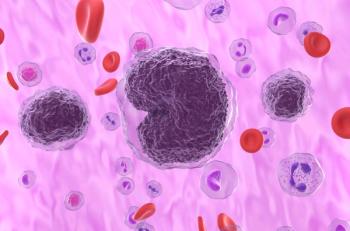
Mobile Stroke Treatment Units Using Telemedicine for Prehospital Stroke Evaluation
Telemedicine in mobile stroke treatment can reduce time to evaluation and thrombolysis.
Many patients are unable to obtain acute stroke treatment because of delays in presentation to hospitals. Studies suggest that only 15% to 60% of patients having a stroke are able to reach the hospital within 3 hours of symptom onset. However, a new study found that mobile stroke treatment units (MSTUs) are able to reduce the time to evaluation and thrombolysis.
A new
Between July 18 and November 1, 2014, investigators at Cleveland Clinic and Case Western Reserve led by Ahmed Itrat, MD, assessed the telemedicine success of the MSTU in Cleveland. Participants were the first 100 residents of Cleveland who had an acute onset of stroke-like symptoms between the hours of 8 am and 8 pm and were evaluated by the MSTU after the implementation of the MSTU program at Cleveland Clinic. A vascular neurologist evaluated the first 100 patients via telemedicine, and a neuroradiologist remotely assessed images obtained by mobile computed tomography (CT).
The study compared the evaluation and treatment of patients on the MSTU with a control group of patients brought to the emergency department (ED) via ambulance during the same year. Process times were measured from the time the patient entered the door of the MSTU or ED, and any problems encountered during his or her evaluation were recorded.
Ninety-nine of 100 patients were evaluated successfully. One connection failure was caused by crew error and the patient was transported to the nearest ED. The median duration of telemedicine evaluation was 20 minutes. There were 6 telemedicine disconnections (none lasted longer than 60 seconds or affected clinical care). Times from the door to CT completion (13 minutes) and from the door to intravenous thrombolysis (32 minutes) were significantly shorter in the MSTU group compared with the control group (18 minutes and 58 minutes, respectively). Times to CT interpretation did not differ significantly between the groups.
The investigators concluded that an MSTU using telemedicine is feasible, with a low rate of technical failure, and may provide an avenue for reducing the high cost of such systems. The system would allow a physician to cover multiple MSTUs and broaden the geographic coverage, rendering the concept more efficient and cost-effective.
Newsletter
Stay ahead of policy, cost, and value—subscribe to AJMC for expert insights at the intersection of clinical care and health economics.













































